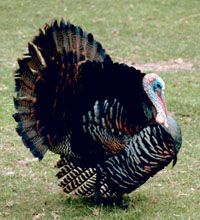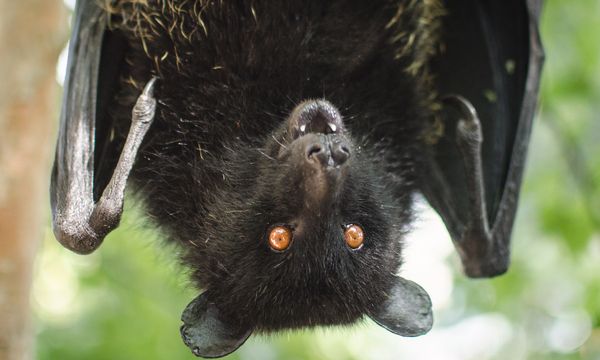Although you can't catch your cat's sniffles, your pet can give you the plague. We're talking Black Death-style bubonic plague. But kitty isn't evil -- it's just a passive carrier, or vector, of disease like many other animals. HIV passed to humans through chimpanzees and severe acute respiratory syndrome, or SARS, started in China from infected badgers and palm civets.
But how could your cat catch the plague? If you live in Arizona, New Mexico or Colorado -- states which historically have the highest incidence of bubonic plague in the United States -- your cat could possibly ingest the plague bacterium by eating an infected prairie dog.
Advertisement
Before settlers expanded to the American West, hundreds of millions of prairie dogs ranged across nearly 100 million acres (40 million hectares) [source: U.S. Fish and Wildlife Service]. In spite of their name, prairie dogs belong to the squirrel family, and look like plump chipmunks, standing 14 to 17 inches (35 to 43 centimeters) tall and weighing between 2 and 3 pounds (0.91 and 1.4 kilograms). Native to the United States, the tan-colored prairie dogs are highly social, amassing in large groups called colonies. Colonies live in interconnected underground burrows that may span 100 acres (40 hectares). From there, the colony divides into smaller groupings, or wards. Wards are made up of coteries, or individual family units. One male, one to four females and their offspring compose a coterie. Individuals communicate through whistles and chirps, greeting each other by touching teeth as though kissing.
Sounds adorable, right? Not so much to livestock ranchers in the dogs' Western habitat. Since they tunnel underground and eat grasses aboveground, some ranchers consider them competition for grazing land. Also, mounded burrow entrances may trip cattle and cause injuries. In response, the federal government has authorized controlled prairie dog poisonings around certain areas of privately owned land.
As a result of this acrimony and the effects of plague bacteria, the prairie dog population has plummeted an estimated 98 percent [source: National Zoo]. In addition to the prairie dog plague, their range has shrunk as well, with less than 2 million acres remaining (809,371 hectares) [source: U.S. Fish and Wildlife Service]. The remaining population size of 10 to 20 million prairie dogs still leaves them out of the running to be classified as an endangered species. Nevertheless, ecologists classify prairie dogs as a keystone species, which means the livelihood of many nonrelated flora and fauna rely on their well-being. For example, the black-footed ferret depends on prairie dogs as its main prey, and the species has drifted toward extinction partially from lack of food.
But shouldn't we breathe a sigh of relief about this population decrease since these rodents can carry bubonic plague?
Advertisement




